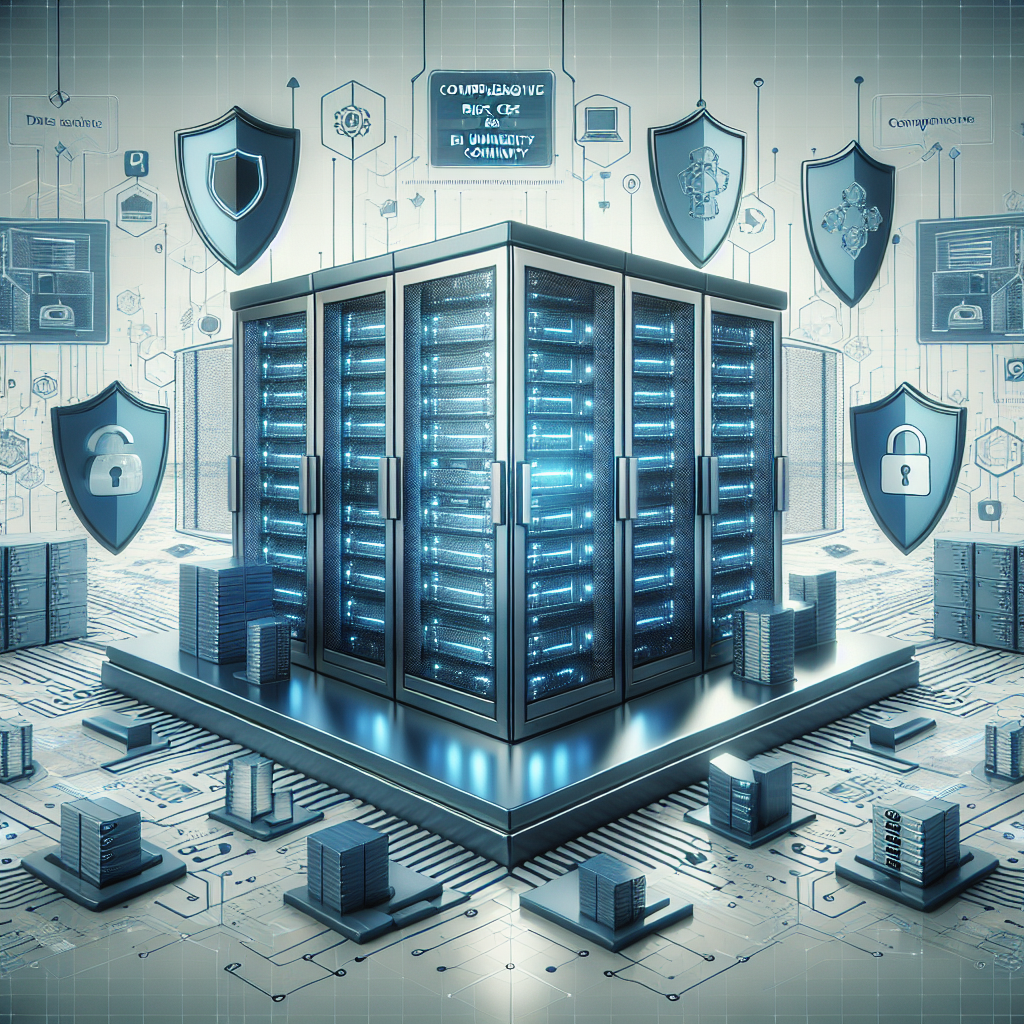Your cart is currently empty!
Mitigating Risks: How to Safeguard Data Center Business Continuity

In today’s digital age, data centers play a critical role in ensuring the smooth operation of businesses. With the increasing reliance on technology, it has become crucial for organizations to safeguard their data centers against potential risks that could disrupt their operations. One of the key aspects of protecting data center business continuity is mitigating risks effectively.
Data center downtime can have significant financial and reputational implications for businesses. Therefore, it is essential to implement strategies that can help mitigate risks and ensure the uninterrupted operation of data centers. Here are some key steps that organizations can take to safeguard their data center business continuity:
1. Conduct a thorough risk assessment: The first step in mitigating risks is to conduct a comprehensive risk assessment of the data center. This involves identifying potential threats and vulnerabilities that could impact the operation of the data center, such as natural disasters, power outages, cyber-attacks, and equipment failures. By understanding the risks, organizations can develop a targeted risk mitigation strategy.
2. Implement robust security measures: Data center security is paramount in safeguarding business continuity. Organizations should implement physical security measures, such as access controls, surveillance cameras, and security guards, to prevent unauthorized access to the data center. In addition, cybersecurity measures, such as firewalls, antivirus software, and intrusion detection systems, should be in place to protect against cyber-attacks.
3. Establish backup and recovery systems: Data backup and recovery systems are essential for ensuring business continuity in the event of data loss or corruption. Organizations should regularly backup their data and store it in secure offsite locations to prevent data loss due to disasters or cyber-attacks. Additionally, organizations should test their backup and recovery systems regularly to ensure they are functioning properly.
4. Implement redundancy in critical systems: Redundancy is key to ensuring the uninterrupted operation of data centers. Organizations should implement redundancy in critical systems, such as power supplies, cooling systems, and network connections, to prevent downtime in the event of equipment failures. Redundant systems can help ensure that data centers continue to operate even in the face of unexpected disruptions.
5. Develop a comprehensive disaster recovery plan: Despite all efforts to mitigate risks, disasters can still occur. Therefore, organizations should develop a comprehensive disaster recovery plan that outlines the steps to be taken in the event of a data center outage. The plan should include procedures for restoring data, contacting key stakeholders, and communication with employees and customers.
In conclusion, safeguarding data center business continuity requires a proactive approach to mitigating risks effectively. By conducting a thorough risk assessment, implementing robust security measures, establishing backup and recovery systems, implementing redundancy in critical systems, and developing a comprehensive disaster recovery plan, organizations can ensure the uninterrupted operation of their data centers. By taking these proactive measures, organizations can safeguard their data center business continuity and protect their business from potential disruptions.

Leave a Reply